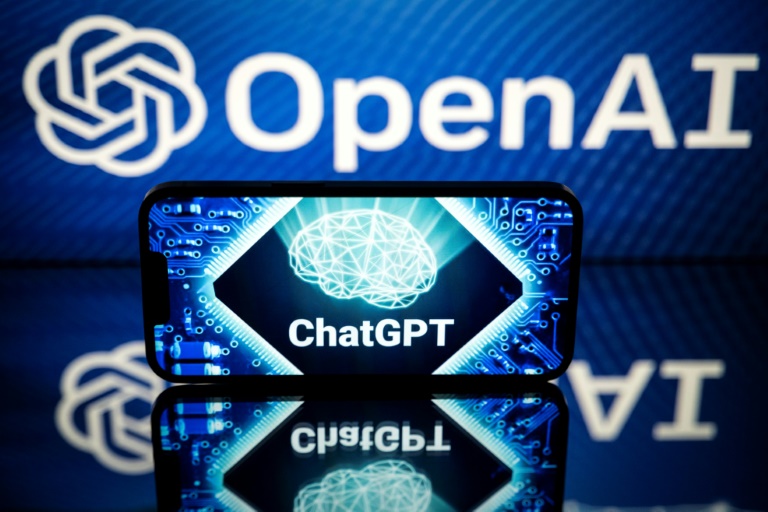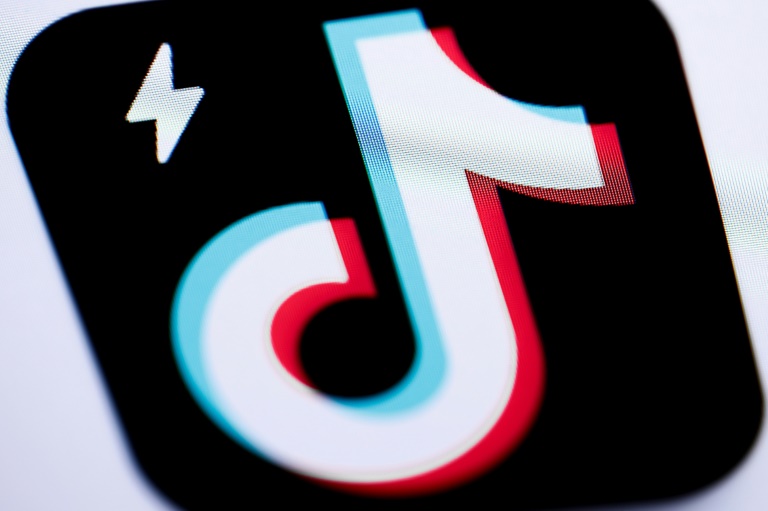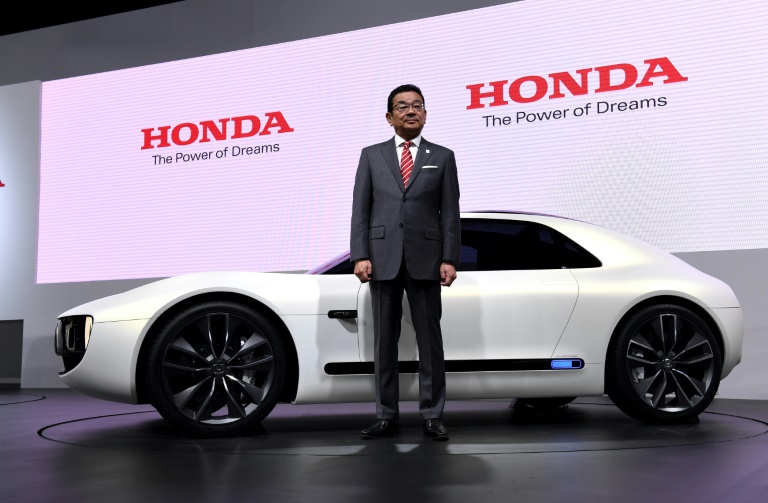The excitement around ChatGPT – an easy to use AI chatbot that can deliver an essay or computer code upon request and within seconds – has sent schools into panic and turned Big Tech green with envy.
But behind the headlines, the potential impact of ChatGPT on society remains more complicated and unclear. Here is a closer look at what ChatGPT is (and is not):
– Is this a turning point? –
It is entirely possible that November’s release of ChatGPT by California company OpenAI will be remembered as a turning point in introducing a new wave of artificial intelligence to the wider public.
What is less clear is whether ChatGPT is actually a breakthrough with some critics calling it a brilliant PR move that helped OpenAI score billions of dollars in investments from Microsoft.
Yann LeCun, Chief AI Scientist at Meta and professor at New York University, believes “ChatGPT is not a particularly interesting scientific advance,” calling the app a “flashy demo” built by talented engineers.
LeCun, speaking to the Big Technology Podcast, said ChatGPT is void of “any internal model of the world” and is merely churning “one word after another” based on inputs and patterns found on the internet.
“When working with these AI models, you have to remember that they’re slot machines, not calculators,” warned Haomiao Huang of Kleiner Perkins, the Silicon Valley venture capital firm.
“Every time you ask a question and pull the arm, you get an answer that could be marvelous…or not…The failures can be extremely unpredictable,” Huang wrote in Ars Technica, the tech news website.
– Just like Google –
ChatGPT is powered by an AI language model that is nearly three years old – OpenAI’s GPT-3 – and the chatbot only uses a part of its capability.
The true revolution is the humanlike chat, said Jason Davis, research professor at Syracuse University.
“It’s familiar, it’s conversational and guess what? It’s kind of like putting in a Google search request,” he said.
ChatGPT’s rockstar-like success even shocked its creators at OpenAI, which received billions in new financing from Microsoft in January.
“Given the magnitude of the economic impact we expect here, more gradual is better,” OpenAI CEO Sam Altman said in an interview to StrictlyVC, a newsletter
“We put GPT-3 out almost three years ago… so the incremental update from that to ChatGPT, I felt like should have been predictable and I want to do more introspection on why I was sort of miscalibrated on that,” he said.
The risk, Altman added, was startling the public and policymakers and on Tuesday his company unveiled a tool for detecting text generated by AI amid concerns from teachers that students may rely on artificial intelligence to do their homework.
– What now? –
From lawyers to speechwriters, from coders to journalists, everyone is waiting breathlessly where the disruption from ChatGPT will be felt first, with a pay version of the chatbot expected soon.
For now, officially, the first significant application of OpenAI’s tech will be for Microsoft software products.
Though details are scarce, most assume that ChatGPT-like capabilities will turn up on the Bing search engine and in the Office suite.
“Think about Microsoft Word. I don’t have to write an essay or an article, I just have to tell Microsoft Word what I wanted to write with a prompt,” said Davis.
He believes influencers on TikTok and Twitter will be the earliest adopters of this so-called generative AI since going viral requires huge amounts of content and ChatGPT can make the chore almost instantaneous.
This of course raises the specter of disinformation and spamming carried out at an industrial scale.
For now, Davis said the reach of ChatGPT is very limited by computing power, but once this is ramped up, the opportunities and potential dangers will grow exponentially.
And much like the ever imminent arrival of self-driving cars that never quite happens, experts disagree on whether that is a question of months or years.
– Ridicule –
LeCun said Meta and Google have refrained from releasing AI as potent as ChatGPT out of fear of “ridicule” and backlash.
Quieter releases of language-based bots – like Meta’s Blenderbot or Microsoft’s Tay for example – were quickly shown capable of generating racist or inappropriate content.
Tech giants have to think hard before releasing something “that is going to spew nonsense” and disappoint, he said.

 Business5 months ago
Business5 months ago
 Business4 months ago
Business4 months ago
 Events6 months ago
Events6 months ago
 People4 months ago
People4 months ago
 Events3 months ago
Events3 months ago
















